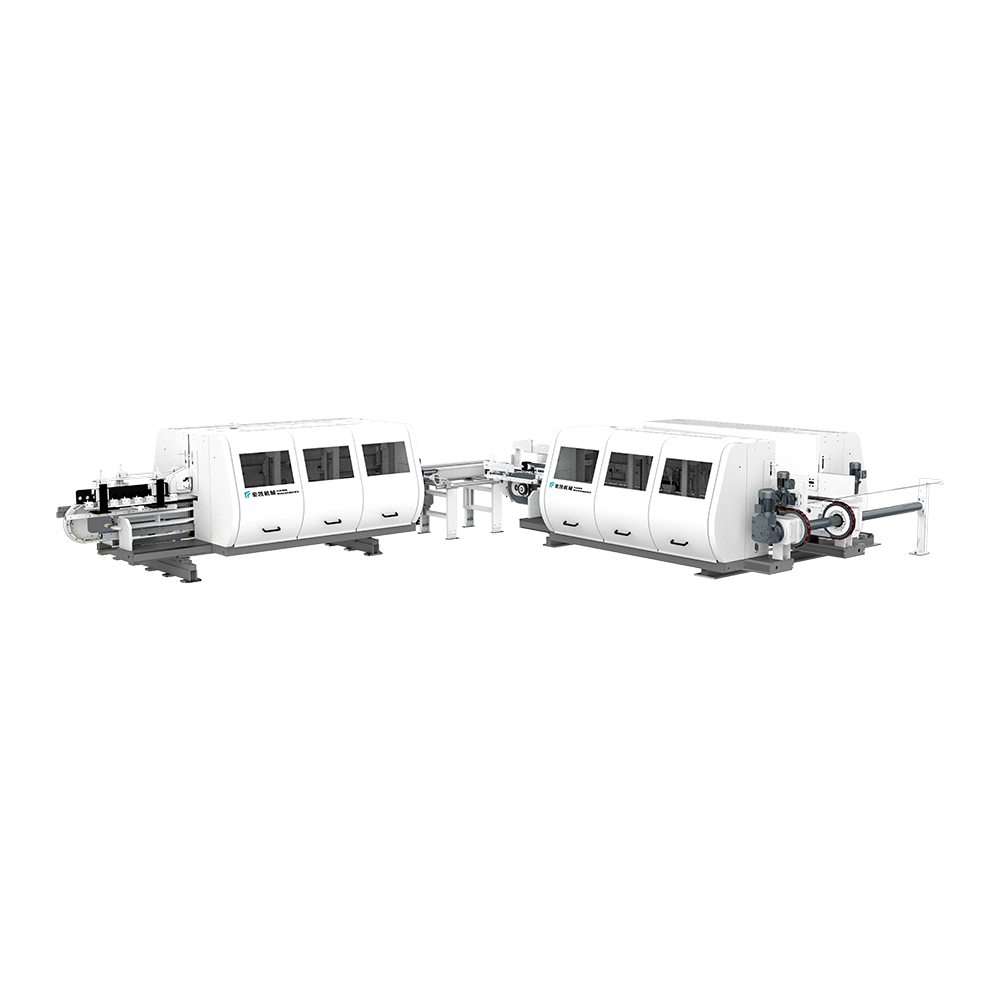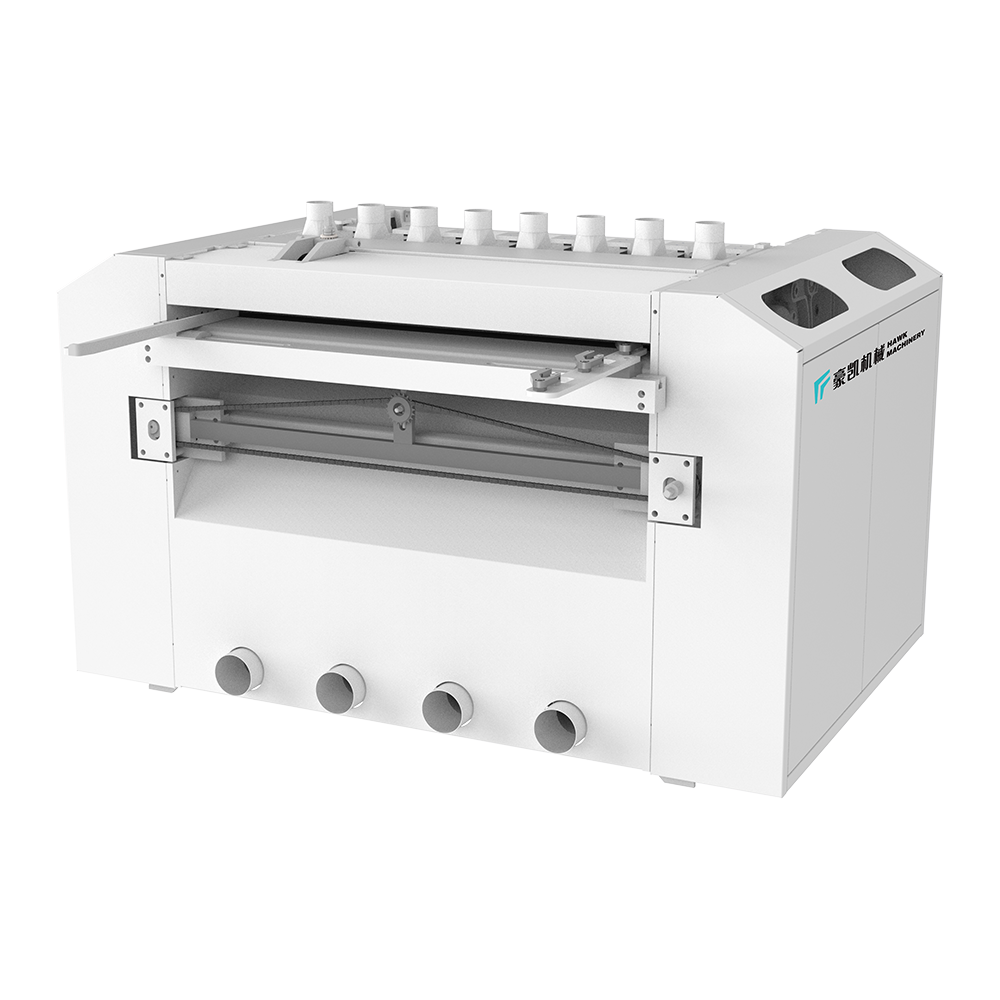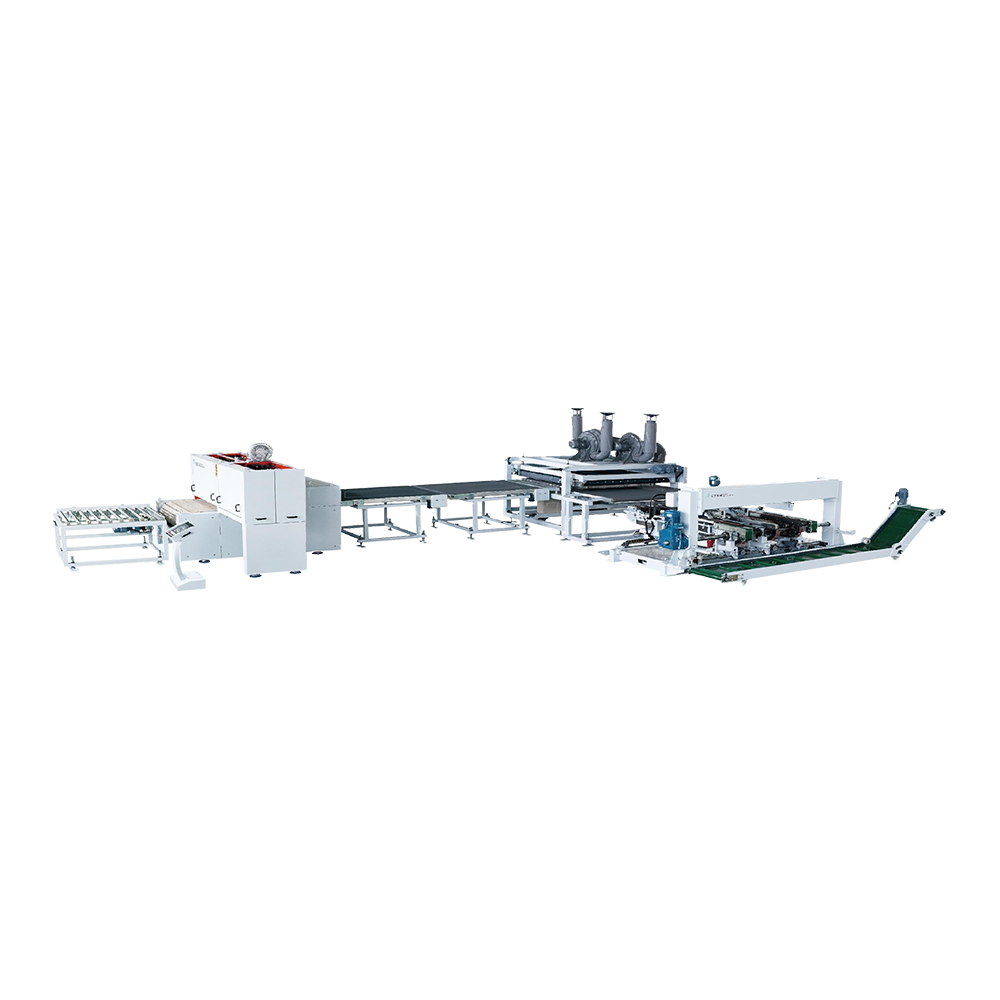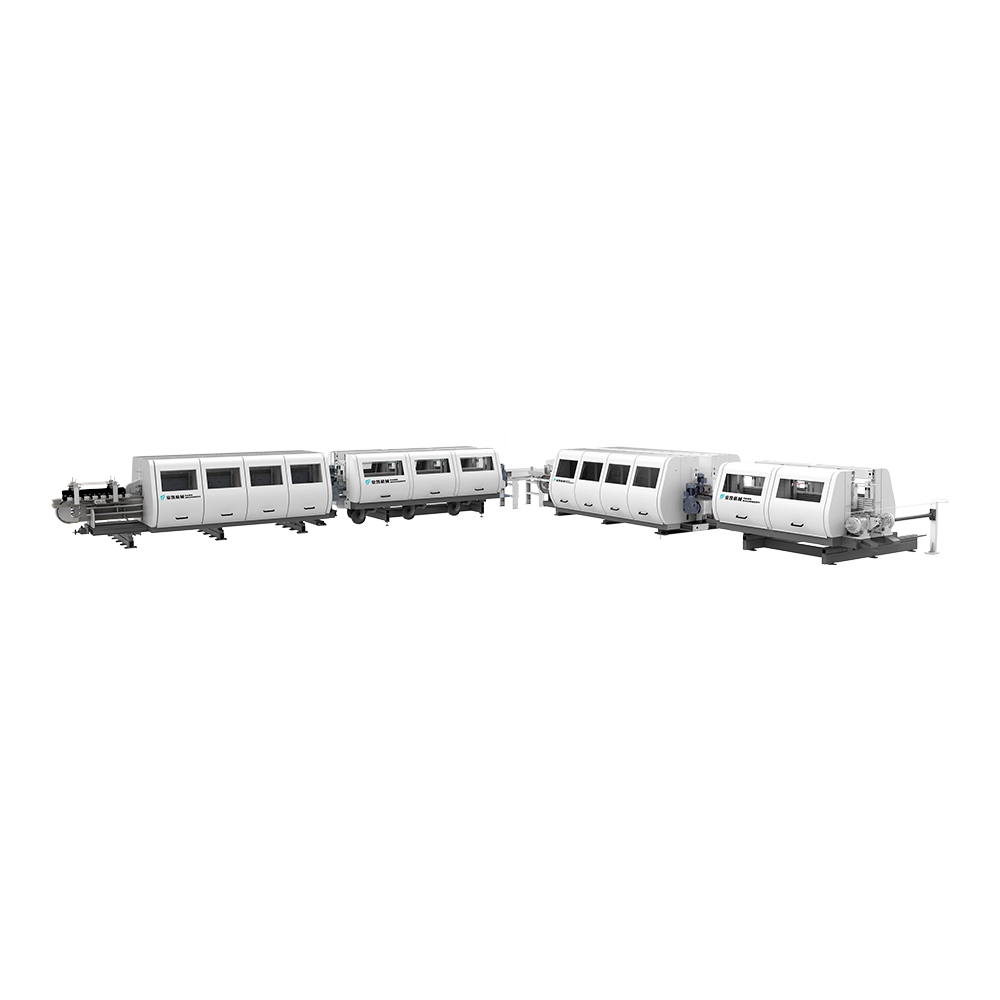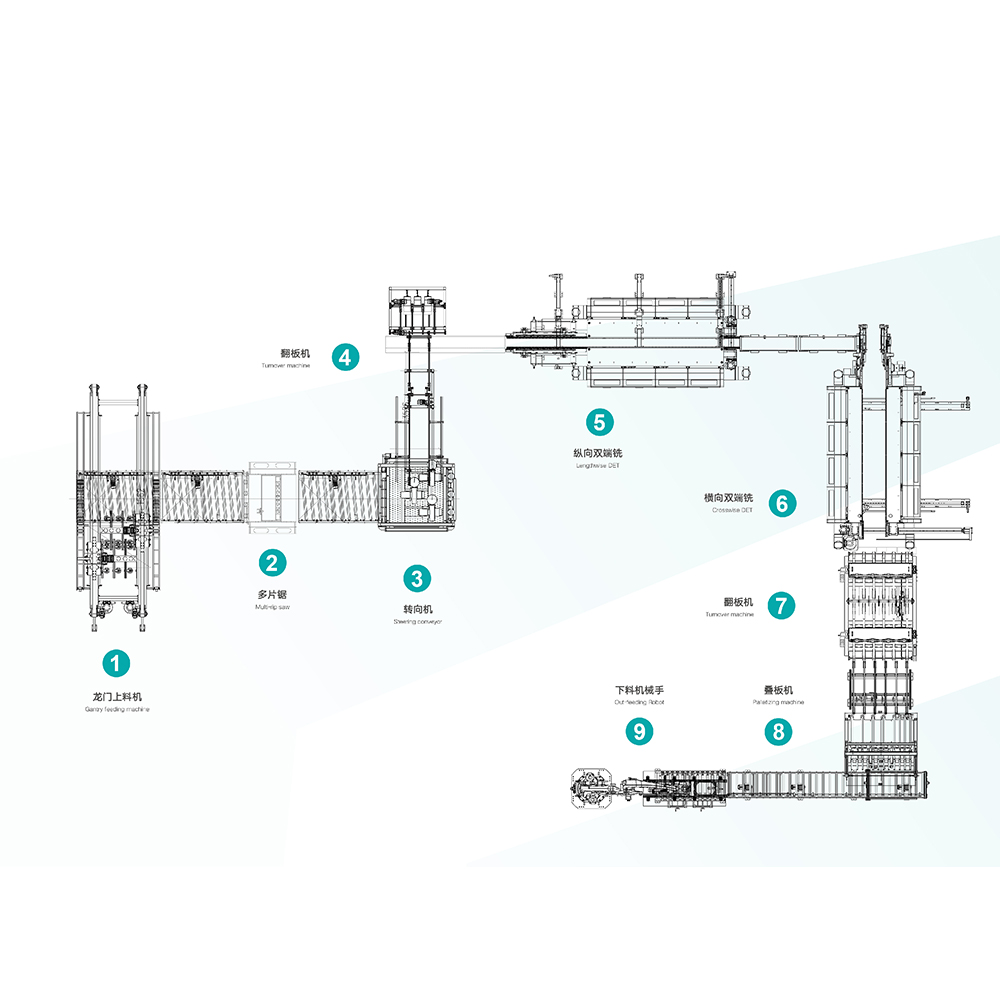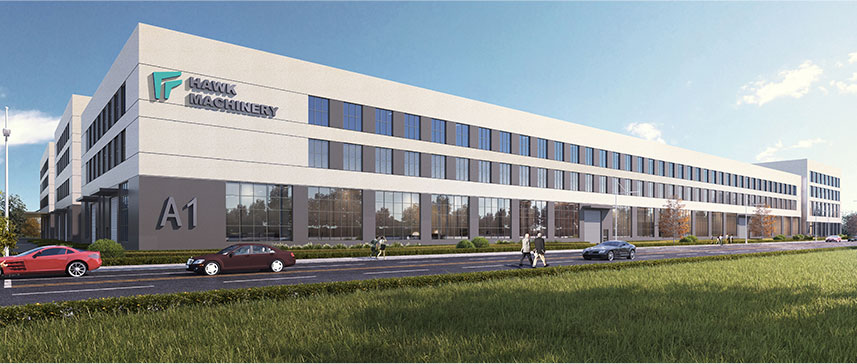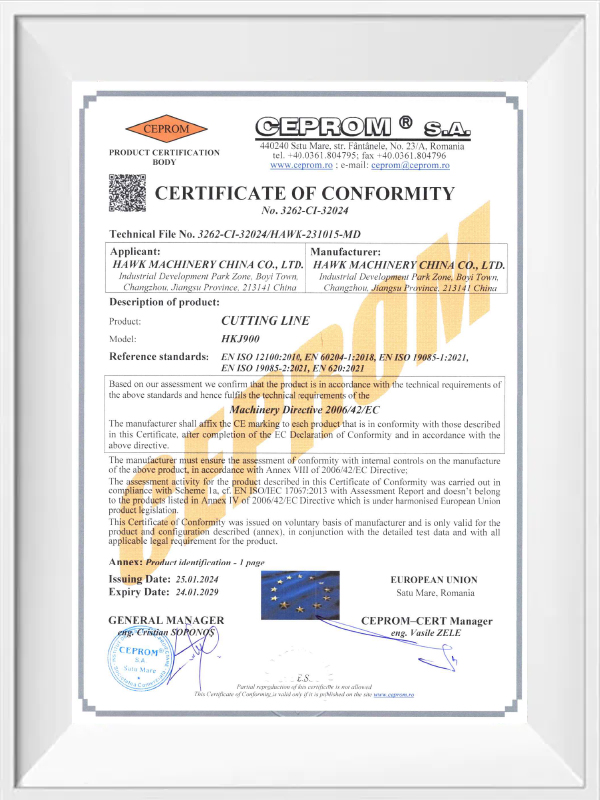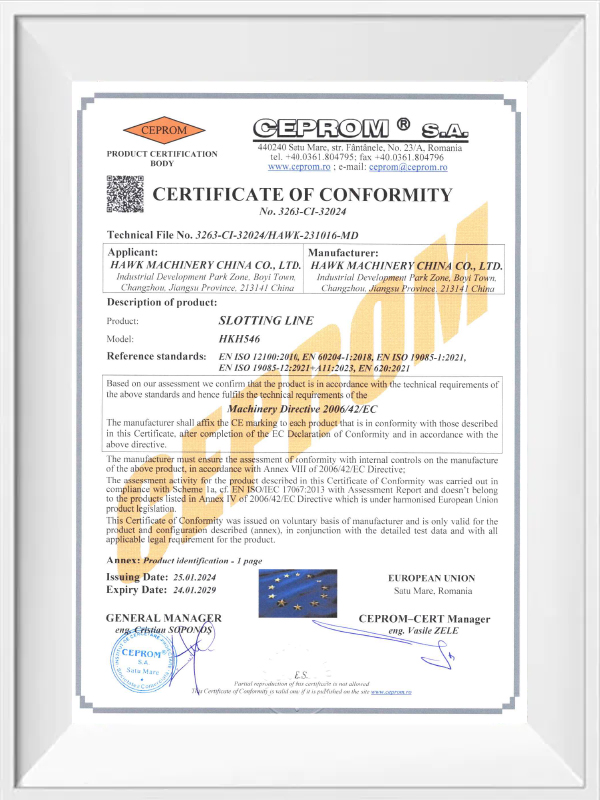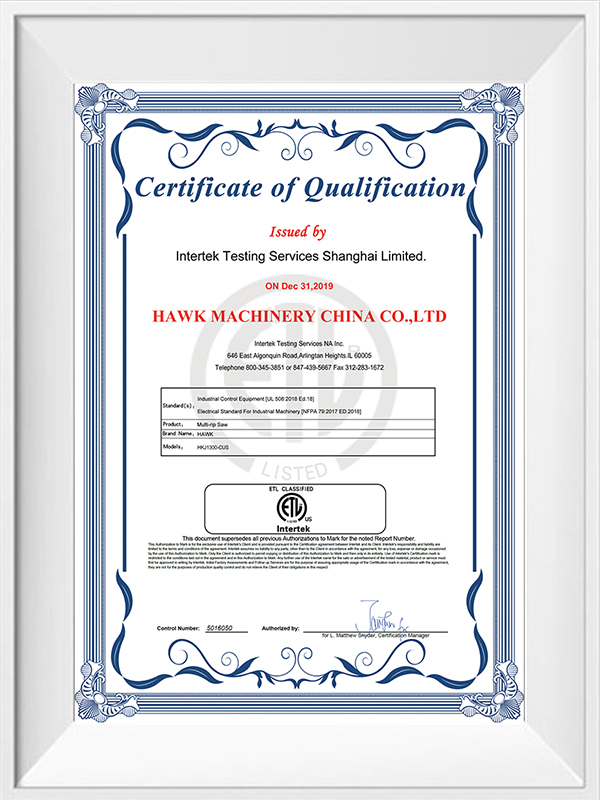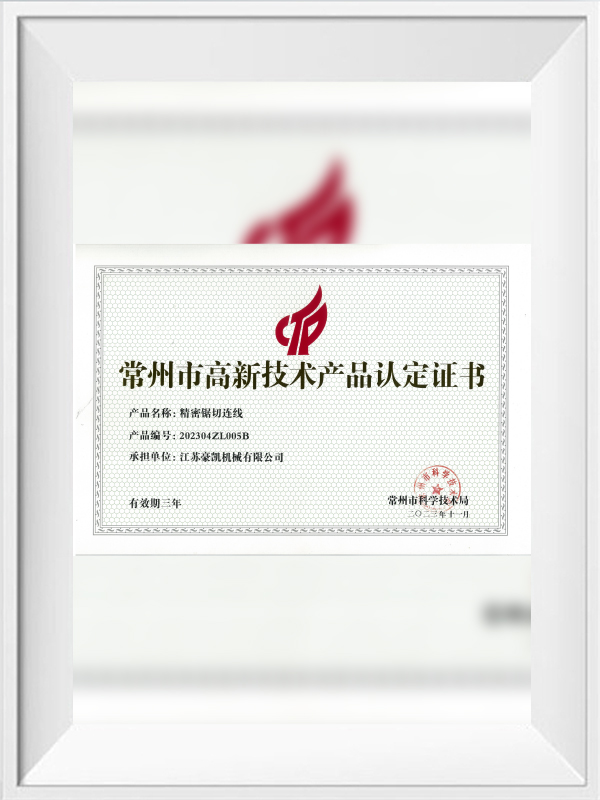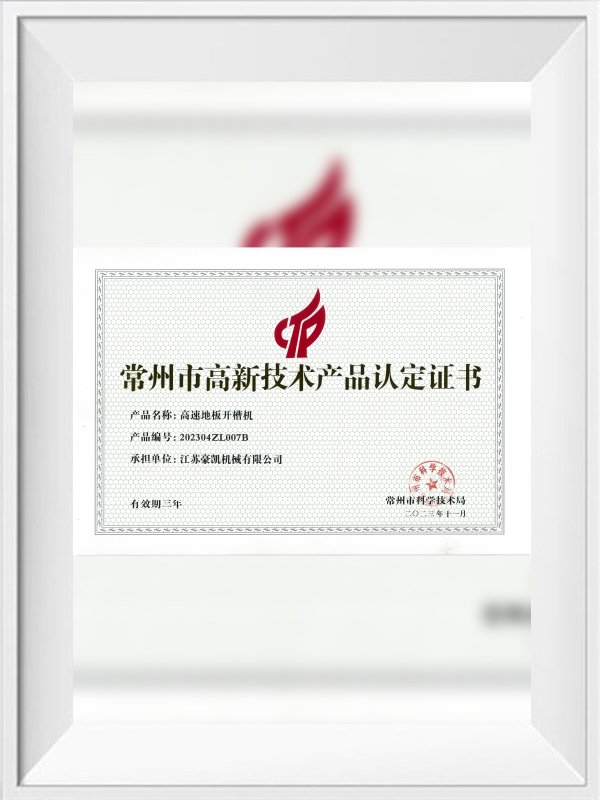How Integrated Intelligent Equipment Boosts Real-Time Decisions on Smart Floor Production Lines
In the fast-evolving landscape of industrial automation, the ability to make real-time, data-driven decisions is becoming the cornerstone of competitive advantage. For production enterprises seeking to optimize every square meter of their shop floor, integrated intelligent equipment offers a powerful leap forward. By unifying a suite of smart hardware—ranging from machine task signage and counter sensors to RFID readers and operation touch screens—manufacturers gain a continuously updated window into production conditions. This synergy enables rapid adjustments and process improvements, even during live operations.
The foundation of this transformation lies in how information flows across the Smart Floor Production Line. Traditionally, floor-level data was fragmented and delayed, with operators manually recording issues long after they occurred. Now, intelligent terminals equipped with barcode scanners and LED smart lights work in concert with sensors and gateways to capture events as they happen. This real-time feedback loop allows supervisors and automated systems to respond instantly—rerouting tasks, flagging delays, and optimizing resource allocation on the fly. The result is not just increased speed, but smarter manufacturing.
Central to this capability is the Manufacturing Execution System (MES), particularly when enhanced by platforms like Blue Needle. This layer of software acts as the brain of the operation, integrating the physical devices on the production line with digital analytics and decision logic. It interprets signals from RFID check-ins, task signage updates, and sensor counts, converting raw machine data into actionable insights. Operators can view performance indicators, track order progress, and detect inefficiencies through a simple touch screen interface—empowering the team with transparency that used to be reserved for top management.
Another key advantage is how these systems support predictive decision-making. With continuous data collection and historical analysis, MES platforms can flag patterns that precede common problems—such as machine idle times or part shortages. This capability shifts factory management from reactive to proactive, improving both quality and uptime. When paired with face recognition terminals for secure and personalized user access, the system ensures that the right personnel receive the right information at the right time.
From a practical standpoint, integrated intelligent equipment also simplifies the challenge of scaling. As businesses grow or shift product lines, the modular nature of these systems allows for new devices and software modules to be added without overhauling the entire infrastructure. This makes it not just a high-tech investment, but a future-proof one. For manufacturers looking to digitalize their operations without excessive complexity or cost, the benefits speak for themselves.
HAWK's smart solutions are built on real-world production experience, not just engineering theory. We’ve designed our integrated systems to align with the daily needs of factory floors, not boardrooms—delivering clarity, speed, and precision where it matters most. For production leaders ready to elevate performance through intelligent automation, the road ahead is clearer than ever.

